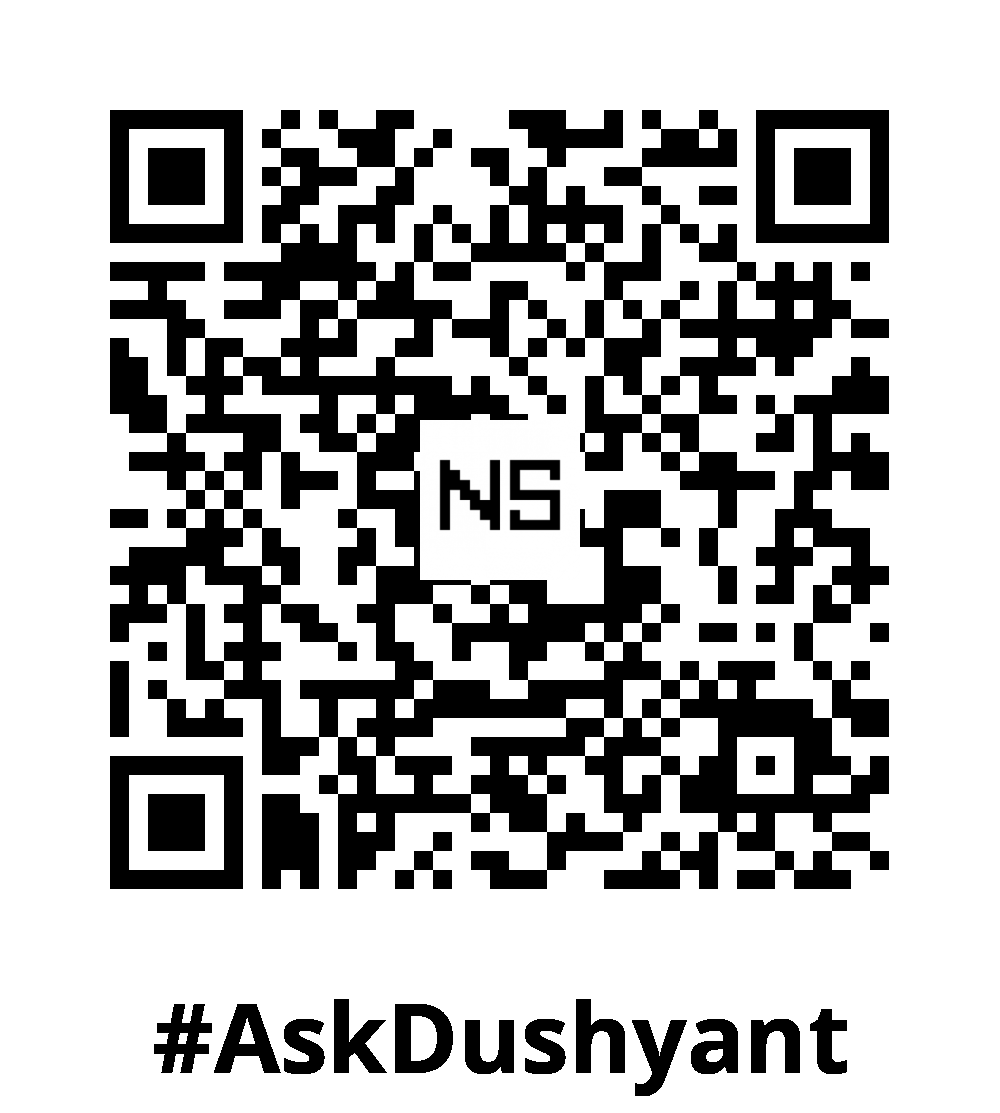In Agile development, teams often struggle with breaking work into the right level of detail. Should it be a user story, a task, or an epic? Misunderstanding these concepts often leads to unclear requirements, inaccurate estimations, and delivery delays.
This tech concept breaks down the differences between epics, user stories, and tasks, shows when to use each, and outlines estimation methods at every level. For two decades, I’ve combined leadership and innovation to create cutting-edge solutions and guide organisations through transformative change, using technology to outperform and lead the future.
Understanding Epics
An Epic is a large body of work that cannot be completed in a single sprint. It represents a high-level feature or capability that may take weeks or months to deliver.
- Scope: Broad and strategic
- Timeframe: Multiple sprints
- Owner: Product Owner with stakeholder alignment
- Goal: Capture a business capability or major feature
Example:
- Epic: “Enable seamless checkout experience in the e-commerce app.”
Epic may later be broken down into multiple user stories such as
- “Save shipping address,”
- “Add multiple payment options,”
- “One-click checkout.”
Estimation Technique:
- Use T-shirt sizing (S, M, L, XL) or story points at a high level.
- Focus on relative size, not exact effort.
Understanding User Stories
A User Story describes a small, user-centric feature that developers can complete within a single sprint, and it captures the end user’s perspective to drive value-focused development.
- Scope: A single piece of functionality
- Timeframe: 1 sprint (1–4 weeks)
- Owner: Product Owner and Development Team collaboratively
- Goal: Deliver a user-facing increment of value
Format:
“As a [user], I want [feature] so that [benefit].”
Example:
- User Story: “As a returning customer, I want to save my preferred shipping address so I can check out faster.”
Estimation Technique:
- Use story points or planning poker for effort and complexity.
- Focus on relative sizing against other user stories.
Understanding Tasks
A Task is the smallest unit of work. It represents the technical steps needed to implement a user story. Tasks are created during sprint planning and are owned by developers.
- Scope: Technical activity or sub-step
- Timeframe: A few hours to a couple of days
- Owner: Developers (engineers, testers, designers)
- Goal: Provide clear steps to implement the story
Example:
For the user story above, tasks could be:
- “Create database table for shipping addresses”
- “Build API to store and retrieve shipping addresses”
- “Update front-end checkout form with saved address option”
Estimation Technique:
- Estimate in hours or ideal days for precision.
- Helps in sprint planning and workload balancing.
How They Fit Together
| Level | Definition | Example | Estimation Technique | Timeframe |
|---|---|---|---|---|
| Epic | Large feature/capability | “Seamless checkout experience” | T-shirt sizing, story points | Multiple sprints |
| User Story | User-facing functionality | “Save preferred shipping address” | Story points, planning poker | 1 sprint |
| Task | Technical implementation steps | “Create DB table for shipping addresses” | Hours or ideal days | Hours to days |
Best Practices for Breaking Down Work
- Start big, then refine: Capture ideas as epics, refine them into stories, and break stories into tasks.
- Keep stories small: A user story that cannot be completed in one sprint, split it further.
- Maintain INVEST criteria: Stories should be Independent, Negotiable, Valuable, Estimable, Small, and Testable.
- Avoid task overload: Break down only to the level where the team has clarity; avoid micromanaging.
- Estimate at the right level: Use broad estimates for epics, relative estimates for stories, and time-based estimates for tasks.
Real-World Example
Imagine a ride-sharing app:
- Epic: “Enable driver rating and feedback system.”
- User Story 1: “As a rider, I want to rate my driver after each trip so I can share my experience.”
- User Story 2: “As a driver, I want to view my average rating so I can improve my service.”
Each story would be further broken down into tasks like API development, database changes, and UI updates.
My Tech Advice: The right level of detail in Agile work items ensures smooth planning, accurate estimation, and predictable delivery.
- Epics give strategic direction.
- User Stories ensure user-centric delivery.
- Tasks enable technical execution.
By applying the right estimation technique at the right level, teams can balance long-term vision with short-term execution, ensuring both business value and developer efficiency.
Ready to adapt Agile ? Try the above tech concept, or contact me for a tech advice!
#AskDushyant
Note: The names and information mentioned are based on my personal experience; however, they do not represent any formal statement.
#TechConcept #TechAdvice #Scrum #Agile #SoftwareDevelopment #ProjectManagement


Leave a Reply